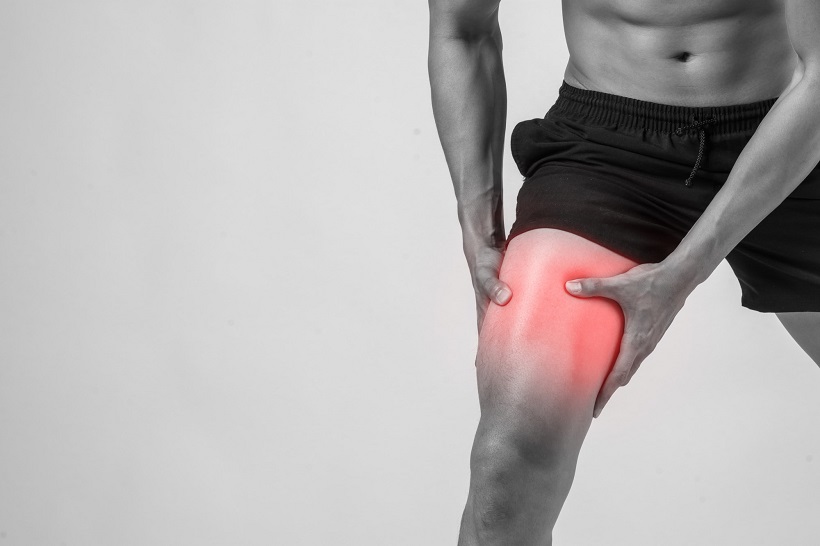Did you know there are about 50 million runners and joggers in the United States?
Running is an excellent form of exercise, great for cardiovascular health and weight loss. It’s also a low-impact exercise, so it’s easy on your joints, which makes it a great alternative to high-impact practice.
If you’re new to running, it can be challenging to master the perfect form. As you run and experience discomfort, your form may be the culprit. But what about thigh muscle pain? Read on to find out.
1. Running Forms and Muscle Imbalances
The poor running form may lead to overuse of injuries, which can cause pain in the thigh muscles. Muscle imbalances are also a critical factor in developing pain while running.
IT band syndrome is one of the most common causes of thigh muscle pain while running. The imbalance of the glute and quadriceps muscles causes it. When one muscle group is overdeveloped or tight, and the other is weak, it can cause pull on the thigh muscles.
2. Overtraining
This can lead to muscular fatigue, which causes pain and tightness in your thigh muscles. It can also cause inflammation and other issues that can reduce muscle performance and stamina. To avoid overtraining, you must incorporate rest days into your training schedule.
Additionally, listen to your body and watch your pace during a run. Sudden increases in workout intensity can cause your body physical and mental fatigue, leading to muscle pain. Paying attention to your eating and fueling habits can also help reduce the risk of soreness.
3. Inadequate Hydration and Nutrition
When running, your muscles require more water to aid in the contraction and relaxation that facilitate proper form and running. Without enough water, you may experience cramps and fatigue. A diet lacking the right vitamins and minerals can also contribute to this type of pain, as your muscles are not adequately nourished while running.
It can also cause a lack of energy, negatively affecting your running performance. Proper nutrition is essential to ensure you have the power you need throughout a run. To avoid some muscle injuries, you must research the best food for muscle cramps.
4. Weak Core Strength
Weak core strength can lead to an imbalance in the body while running. This can strain the glutes and quadriceps, the primary muscle groups used during running. Poor core strength can also lead to poor posture while running, which can cause added tension on the thigh muscles working to keep the correct posture.
Inadequate stretching before running can also increase tension in the thigh muscles. Running on too steep or uneven terrain can put extra strain on the thighs and thus lead to pain.
5. Worn or Poorly Fitted Running Shoes
Poorly fitted shoes can cause instability and misalignment in the foot, which can cause the assistance muscles of the thigh to work harder than they should constantly. Poorly done running shoes can also cause excess friction in areas of the leg that can cause chafing and irritation, leading to pain.
Follow These Guides to Avoid Thigh Muscle Pain
Thigh muscle pain while running is difficult to avoid. But through proper warm-up and cool-down exercises, adequate rest between workouts, and good nutrition, any runner can help to minimize the risks of thigh pain.
Take action today and set yourself up for success on your next run!
Did you find this article interesting? Be sure to visit our blog for more.
